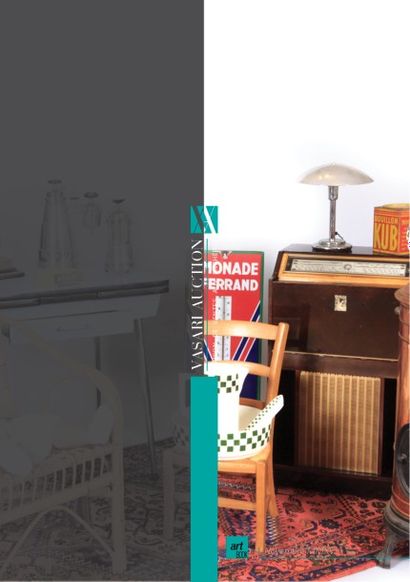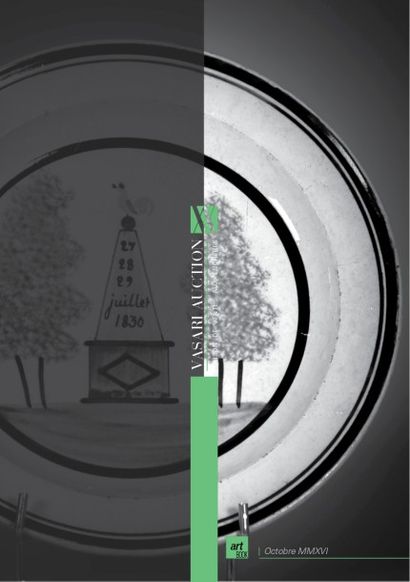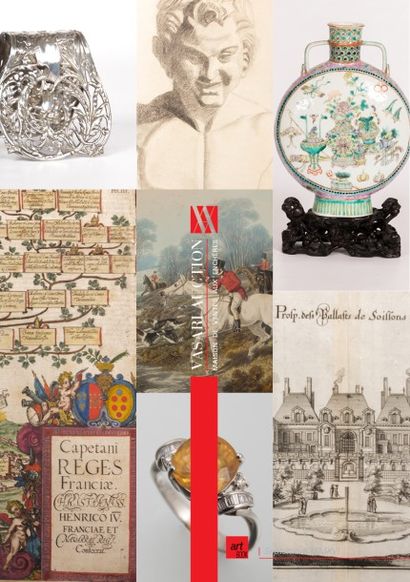Chantilly porcelain
Chantilly – The Factory in the XVIIIth century
The porcelain auctions are always a joy for collectors and amateurs. Porcelain figures prominently in sales, whether through table service, a cookie, a vase or a cane pommel.
In France, Chantilly is one of the first factories to make soft paste porcelain (without kaolin), often marked by Orientalism. Thus, Chantilly porcelain cups and coolers are often characterized by their decoration in so-called "grand feu" colors which are inspired by Far Eastern motifs.
This taste for the oriental world is due to three people: the Duke of Bourbon, founder of the Chantilly factory, Cicaire Cirou, his director and Jean-Antoine Fraisse, the duke's official designer. The latter published in 1737 a Collection of Chinese Drawings showing all the decorations of oriental objects from collections in order to serve as models for ceramists.
Thus, it is possible to find in the auction rooms jugs with "kakiemon" decorations, named after a family of Japanese ceramists. This ornamentation is easily recognizable in the production of Chantilly thanks to the famous "hedge", "factory", "squirrel" or even "wreath" decorations.
Little by little, the inspiration becomes freer and the European style is imposed on Chantilly. Exotic flowers mix with flowers in our gardens and western animals, like the stork, take on oriental postures reminiscent of Asian cranes. At the end of the 18th century, royal prohibitions (polychromy, etc.) and the development of Sèvres hard paste were due to the factory, which lost its originality and was bought by an Englishman in 1802.
The production of the Chantilly factory remains a benchmark in auctions, tender colors, Japanese patterns, chirpy, the signature of the hunting horn, the slightly colored paste covered with a stanniferous enamel as well as certain patterns which are own gives it a special charm recognized by collectors.
Google translated




